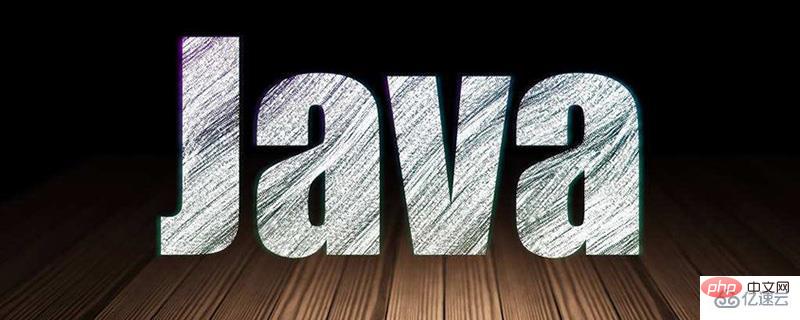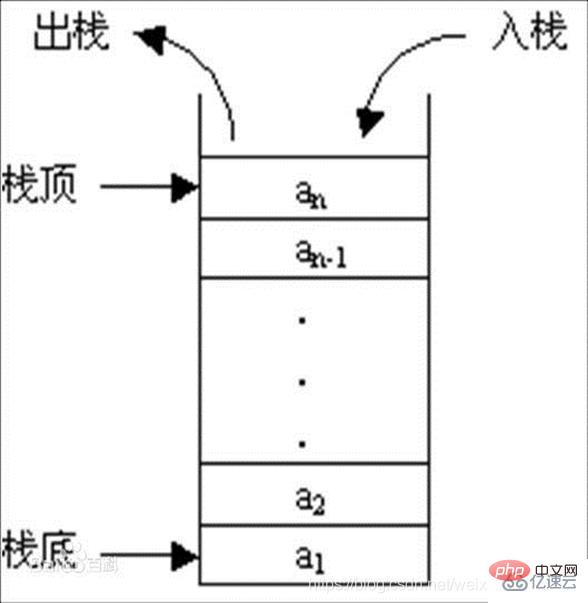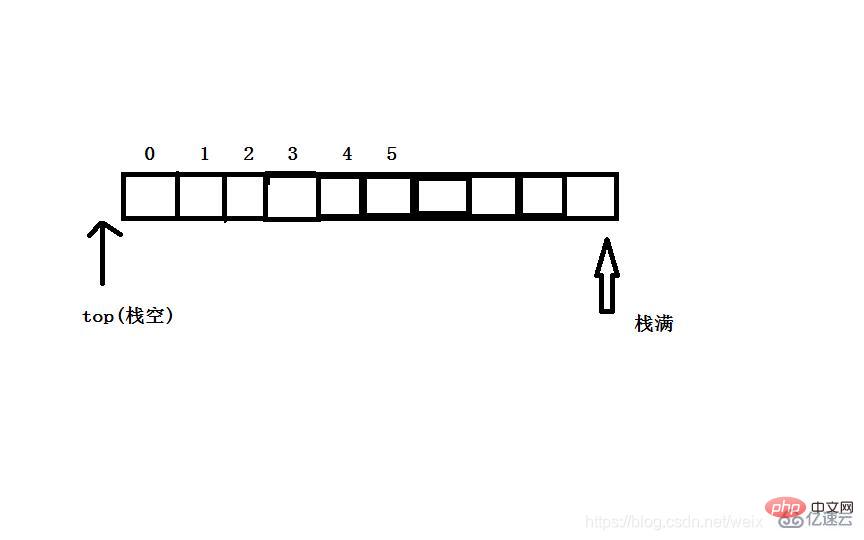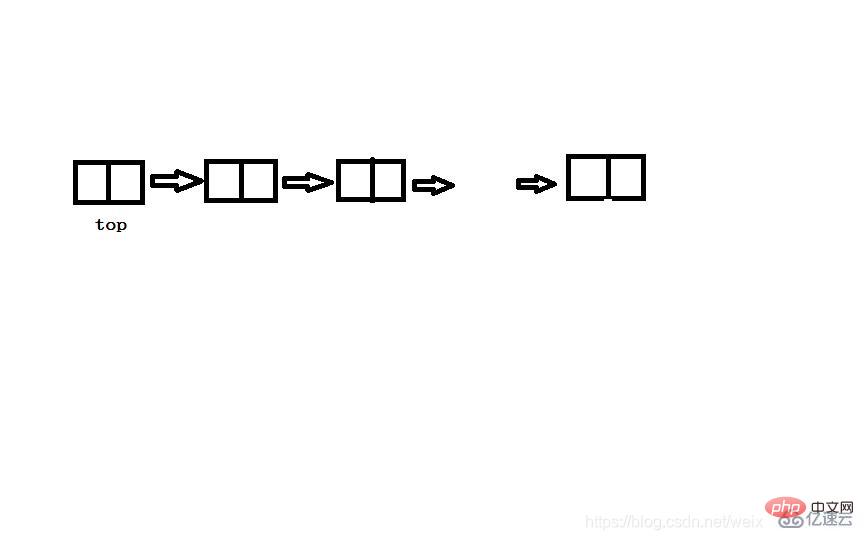

Stack is also known as stack, as a data structure, is a special linear table that can only perform insertion and deletion operations at one end.
It is a linear table with limited operations. The restriction is that insertion and deletion operations are only allowed at one end of the table. This end is called the top of the stack, and the other end is called the bottom. The stack has a first-in-last-out feature. 
Building a stack: Before using the stack, first build an empty stack
Stack, push : Add new elements to the stack
Pop : Delete the element on the top of the stack
Read the stack : Query the element on the top of the current stack
Get the size of the stack and clear the stack. . .


The array must have a fixed length (number of elements) defined in advance


2. Traversing arrays by index is convenient
2, cannot adapt to the dynamic increase and decrease of data.
When the data increases, it may exceed the originally defined number of elements, causing the array to go out of bounds;
When the data decreases, it causes a waste of memory.
2. When adding or deleting elements, you only need to change the pointer fields of the two element nodes before and after to point to the address, so adding and deleting are fast.
For those who want to access data quickly, when inserting and deleting elements are infrequent, the selection array data volume is small, and frequent addition and deletion operations are required6. The role of the stack6.1. Save local variables:Local variables may also be used in functions , instead of always using global variables. Then where is the appropriate place to store local variables? That is, there should be no conflict when functions are nested, and efficiency should be focused on. 6.2 Parameter passing The purpose of passing parameters is to reuse the code so that one method can be applied to more situations without having to write N sets of similar methods for N situations. code. So what method is used to transfer parameters? You can choose:6.3 Save the value of the registerIf there is a conflict in the parameter passed by the register, you can temporarily push the value of the register into the stack6.4 Other functions1) The stack is the basis of each function architecture, enabling the reuse of functions.And for the scenario when accessing elements If there are no high efficiency requirements, choose linked list
2) When a problem occurs, you can use the stack to understand the situation where the problem occurred.
3) The stack is the basis for building the multi-tasking mode of the operating system.
The above is the detailed content of What are the knowledge points of Java stack?. For more information, please follow other related articles on the PHP Chinese website!




